Adjusting semi-trailer brakes is fundamental for maintaining safety, efficiency, and optimal performance in your transportation operations. Understanding the intricate process of brake adjustment is essential for truck operators and fleet managers alike. This guide delves into the nuances of brake adjustment, offering step-by-step instructions, practical tips, and common pitfalls to avoid.
Understanding the Types of Braking Systems
Before diving into the adjustment procedures, it is vital to understand the braking systems commonly employed in semi-trailers. The two primary types include:
1. Air Brake Systems
- Description: Utilizes compressed air to activate the brake mechanism. Air brakes are prevalent due to their ability to handle heavy loads effectively.
- Components: Key components include the air compressor, air tanks, brake chambers, and slack adjusters.
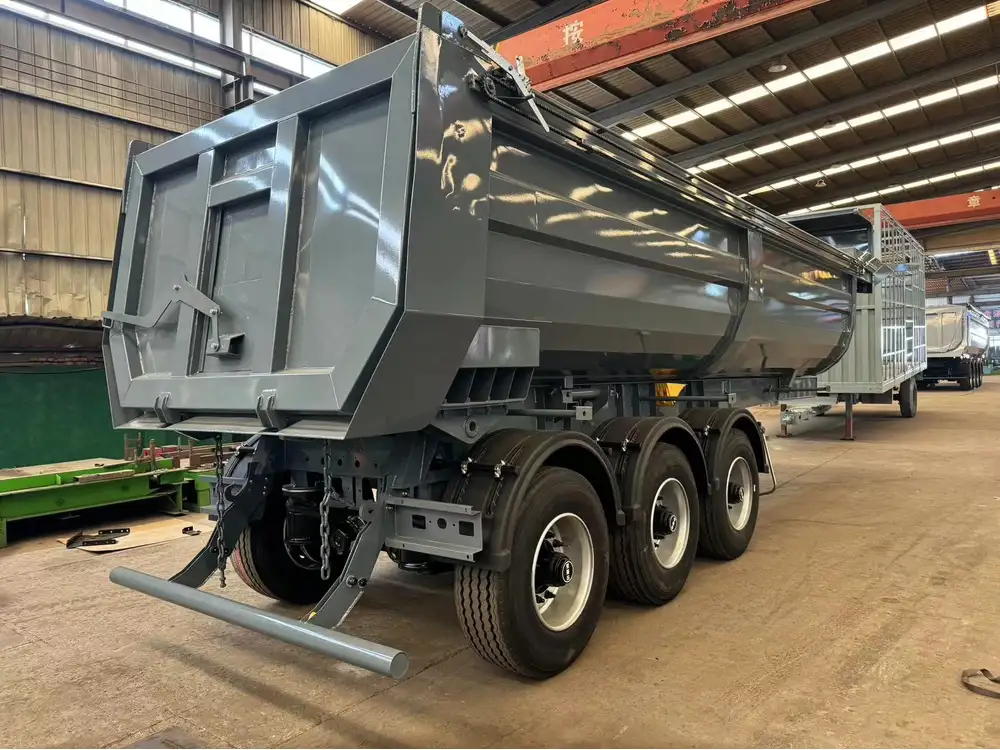
2. Hydraulic Brake Systems
- Description: Uses hydraulic pressure to engage the brakes, generally seen in lighter or specialized trailers.
- Components: Comprises a master cylinder, brake lines, calipers, and pads.
Each system has its unique adjustment processes, so it’s crucial to identify your trailer’s type before proceeding.
Importance of Brake Adjustment
Proper brake adjustment ensures:
- Enhanced Control: Well-adjusted brakes enhance stopping power, keeping your vehicle under control.
- Tire Longevity: Incorrect brake adjustments can lead to abnormal tire wear.
- Fuel Efficiency: Improperly adjusted brakes can increase rolling resistance, impacting fuel consumption.
- Safety: Ensures compliance with safety regulations and reduces the risks of accidents.
Tools Needed for Adjusting Semi-Trailer Brakes
Gather the following tools beforehand:
- Wrench Set: Standard and metric sizes depending on your trailer specifications.
- Socket Set: For slack adjuster adjustments.
- Brake Adjustment Gauge: To measure proper brake clearance.
- Chalks or Wheel Blocks: To secure the trailer.
- Safety Gear: Safety glasses and gloves for personal protection.

Step-by-Step Instructions for Adjusting Air Brake Systems
Step 1: Safety First
Prioritize safety by ensuring that the semi-trailer is parked on a flat, stable surface. Use wheel blocks to prevent any movement.
Step 2: Examine Brake Components
| Inspect air brake components visually for wear or damage: | Component | What to Look For |
|---|---|---|
| Brake Chambers | Check for cracks and leaks in the diaphragm. | |
| Slack Adjusters | Ensure they move freely and are not seized. | |
| Brake Pads | Inspect for even wear and sufficient thickness. |
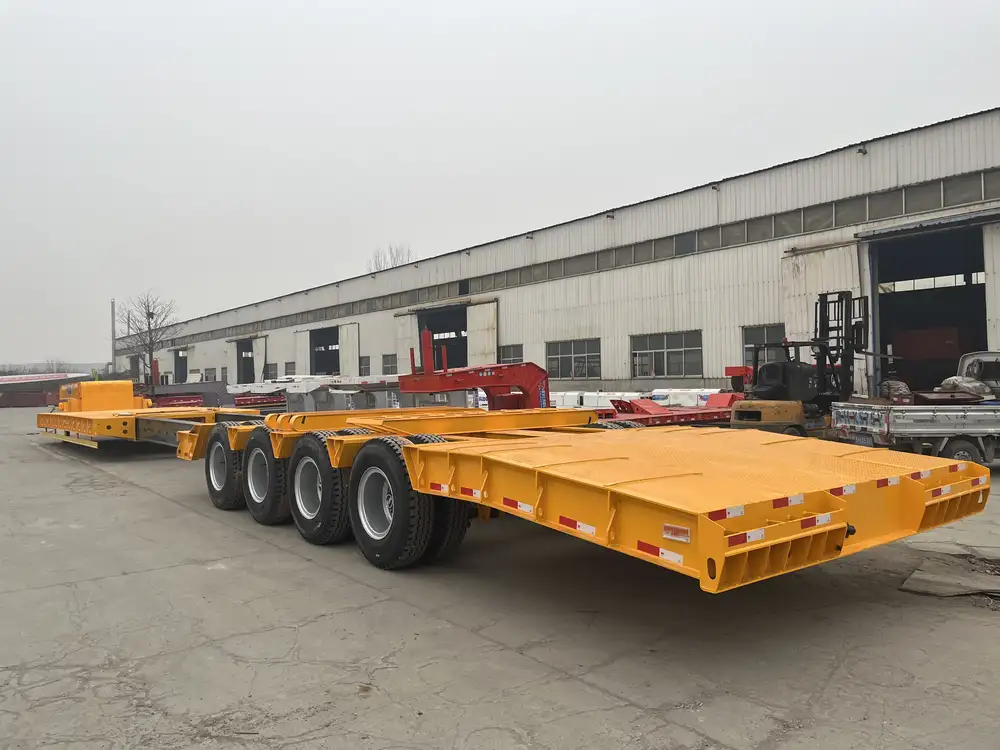
Step 3: Measure Brake Stroke
- With the air system pressurized, apply the brakes and hold for approximately five seconds.
- Measure the stroke distance of the brake push rod.
| Utilize a brake adjustment gauge for accurate measurement, ideally adhering to the following guidelines based on your vehicle type: | Vehicle Type | Maximum Brake Stroke (inches) |
|---|---|---|
| Single Axle | 2.0-2.5 | |
| Tandem Axle | 2.0-2.5 | |
| Tridem Axle | 2.5-3.0 |
Step 4: Adjust Slack Adjusters
- Identify the slack adjusters connected to the brake chambers.
- If stroke measurements exceed recommended limits, perform an adjustment:
- For manual slack adjusters, engage the lever to undo the nut and turn the adjusting screw clockwise until you achieve the desired stroke length.
- For automatic slack adjusters, check if they’re functioning correctly; a faulty automatic slack adjuster should be replaced.
Step 5: Test Brake Functionality
- Release the brakes and carefully roll the trailer forward.
- Reapply brakes to check for effectiveness.
- Repeat adjustment and testing until desired performance is achieved.

Step 6: Document Adjustments
Maintain a detailed log of adjustments made along with their respective dates for compliance and maintenance tracking.
Step-by-Step Instructions for Adjusting Hydraulic Brake Systems
Step 1: Secure the Vehicle
As with air brakes, ensure the semi-trailer is stationary and secure.

Step 2: Inspect Brake Lines and Calipers
- Look for signs of leaks, cracks, or damage.
- Inspect brake pads for uneven wear.
Step 3: Bleed the Brakes (if necessary)
If the hydraulic system has air trapped:
- Locate the bleed valve on each brake caliper.
- Use a brake bleeder tool or a wrench.
- Have an assistant pump the brake pedal several times.
- Open the valve to release air, then close it before your assistant releases the pedal.
Step 4: Adjust Brake Pads
- For disc brakes, use a caliper tool to compress the caliper against the brake pads. Ensure pads are even and aligned with the rotor.
- Adjust rotor proximity by utilizing shims or adjusting screws found on the caliper.
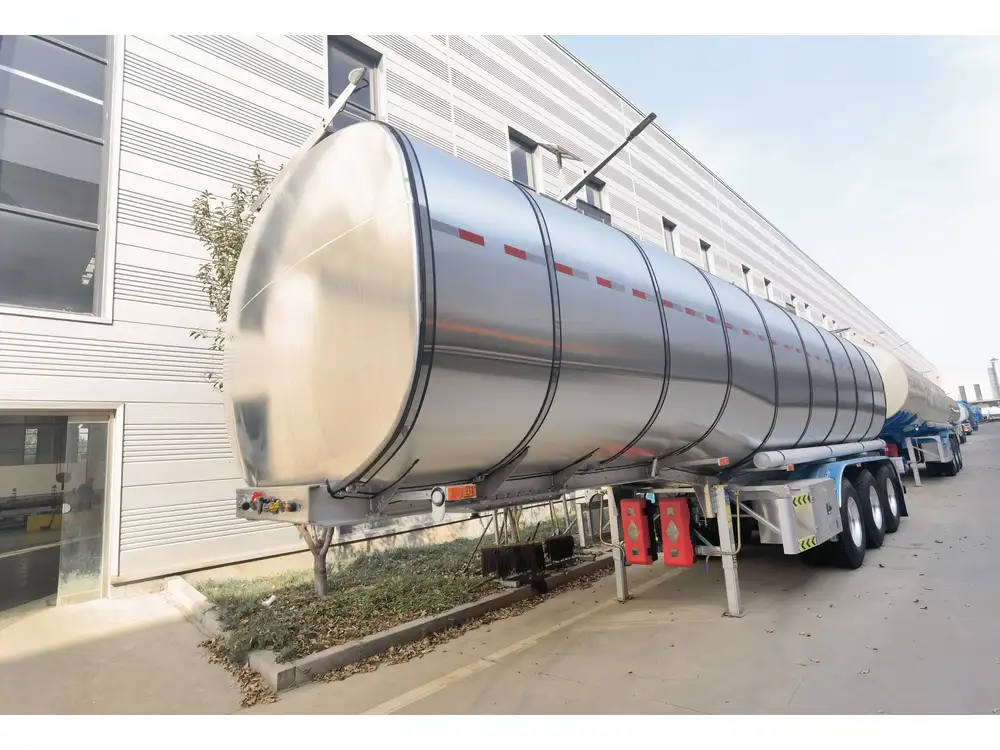
Step 5: Conclusion
After adjustments, conduct a repeat function test on the hydraulic brake system. Confirm even brake response and no dragging.
Common Issues and Troubleshooting
Even with proper adjustment, various issues may arise:
- Uneven Brake Wear: Indicative of misalignment. Seek professional inspection if this occurs.
- Dragging Brakes: Suggests insufficient clearance or foreign object debris obstructing pad movement. Clean and reprime as necessary.
- Brake Fade: Caused by overheating due to excessive friction. Ensure proper brake fluid levels and check for fluid contamination.
Frequently Asked Questions About Semi-Trailer Brake Adjustment
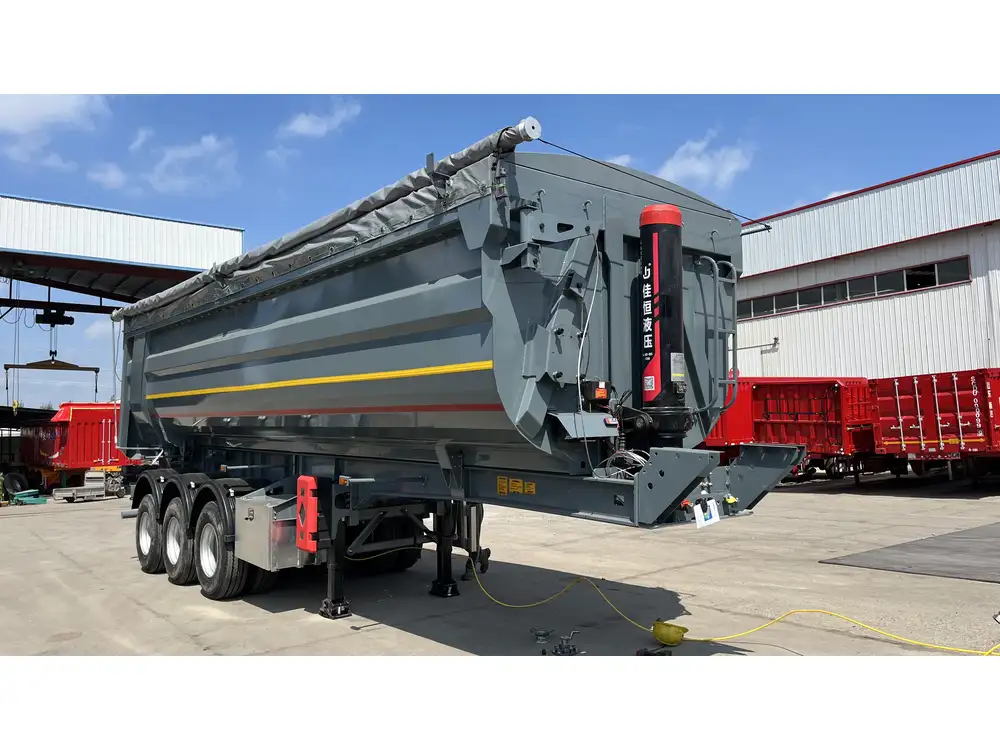
How Often Should I Adjust Semi-Trailer Brakes?
Regular checks every 10,000 miles or at least quarterly are advisable. Maintain diligent records of adjustments.
Can I Adjust My Brakes Myself?
Yes, with the right tools and knowledge, adjusting your semi-trailer brakes is feasible. Always prioritize safety and consult a professional if uncertain.
What Are the Signs That My Brakes Need Adjustment?
Look out for:
- A longer-than-normal stopping distance.
- Unusual sounds during braking (squealing or grinding).
- Soft or unresponsive brake pedal.
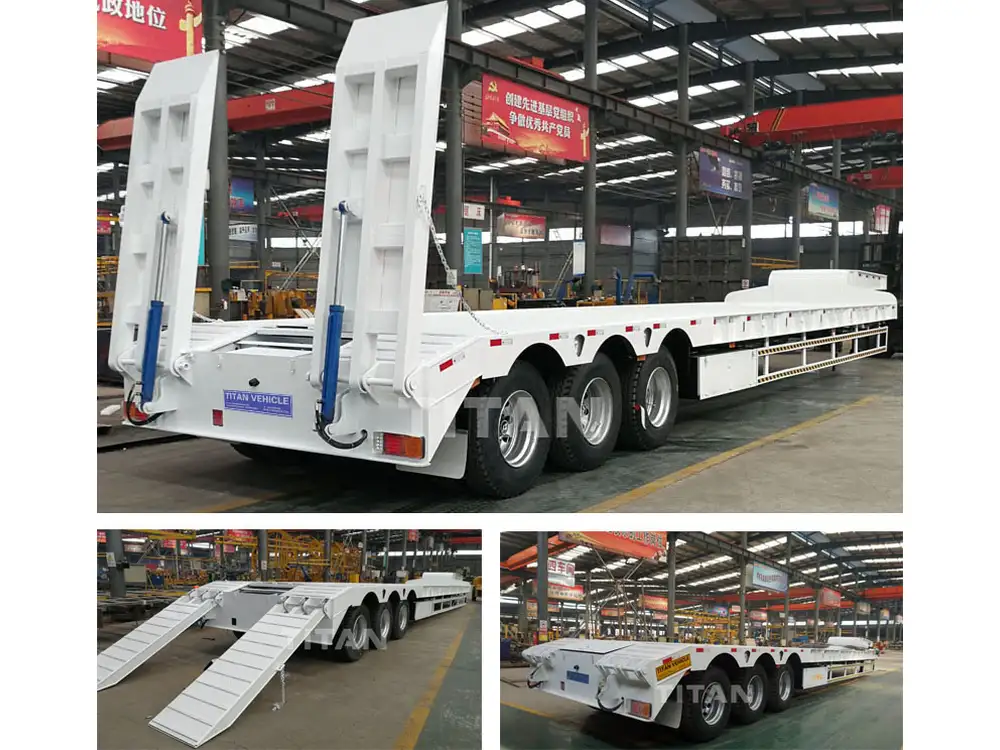
What Happens If Brakes Are Not Adjusted Properly?
Unadjusted brakes can lead to:
- Increased stopping distances.
- Vehicle control loss.
- Premature wear on brake components and tires.
Conclusion
Consistent and knowledgeable maintenance of semi-trailer brakes is not an option; it’s a necessity for safety and efficiency on the road. By understanding the principles of brake adjustment and navigating the adjustment processes skillfully, you ensure swift, secure, and effective operation of your semi-trailer. Regular checks, coupled with meticulous record keeping, will keep your fleet on the path to success. Investing in training for your team about these processes will contribute greatly to safety while driving down long, demanding roads. Stay vigilant, stay safe, and keep those brakes in top-notch condition!



